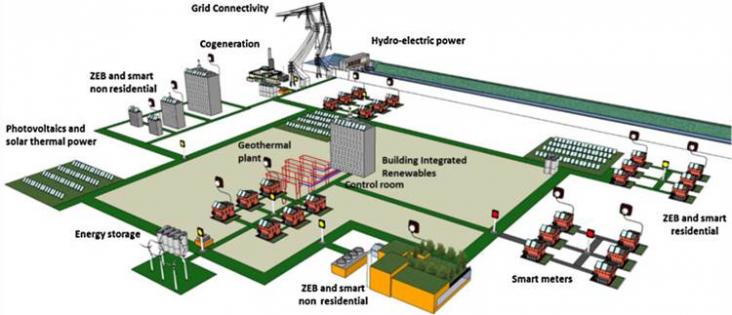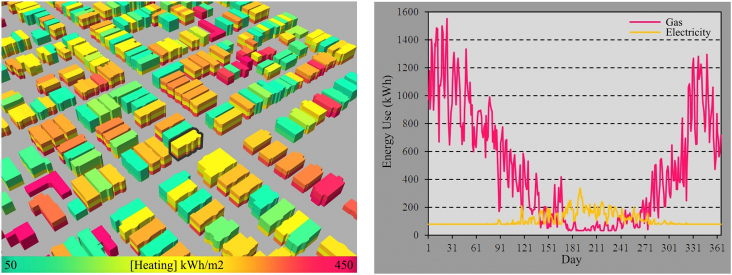
The smart grids are modern electric power grid infrastructure for enhanced efficiency and reliability through automated control, high-power converters, modern communications infrastructure, sensing
This book chapter advances SDGs 3 and 13 by discussing the public health preparedness aspects of preparing for and recovering from severe winter storms.
This book chapter advances SDGs 3 and 13 by explaining the factors contributing to wildfire morbidity and mortality.

Over the past decades, detailed individual building energy models (BEM) on the one side and regional and country-level building stock models on the other side have become established modes of analysis
Recent research on CO2 capture is focusing on the optimization of CO2 absorption using amines (mainly monoethanolamine-MEA) in order to minimize the energy consumption of this very energy-intensive pr
Ecological impacts of industrial agriculture include significant greenhouse gas emissions, loss of biodiversity, widespread pollution by fertilizers and pesticides, soil loss and degradation, declinin
Climate change refers to long-term shifts in weather conditions and patterns of extreme weather events. It may lead to changes in health threat to human beings, multiplying existing health problems.
Capacity planners in developing countries frequently use screening curves and other system-independent metrics such as levelized cost of energy to guide investment decisions.
This series examines trends in participation in the Caring for Climate initiative, including emissions performance of companies, as well as progress companies have made against the five commitments endorsed by all signatories in the Caring for Climate Leadership Statement. By providing this analysis, Caring for Climate seeks to remind signatories of their progress towards a building a low-carbon society and to encourage greater participation in the initiative, supporting goals 12,13,14 and 15.
Linking to Goal 13, this report assesses the contribution of business-focused initiatives of the Global Climate Action Agenda to achieving the goals of the Paris Agreement and the 2030 Agenda for Sustainable Development. By providing this analysis, the report seeks to catalyse business action on climate change and the Sustainable Development Goals (SDGs) and demonstrate the potential collective impact of the assessed initiatives on emissions
